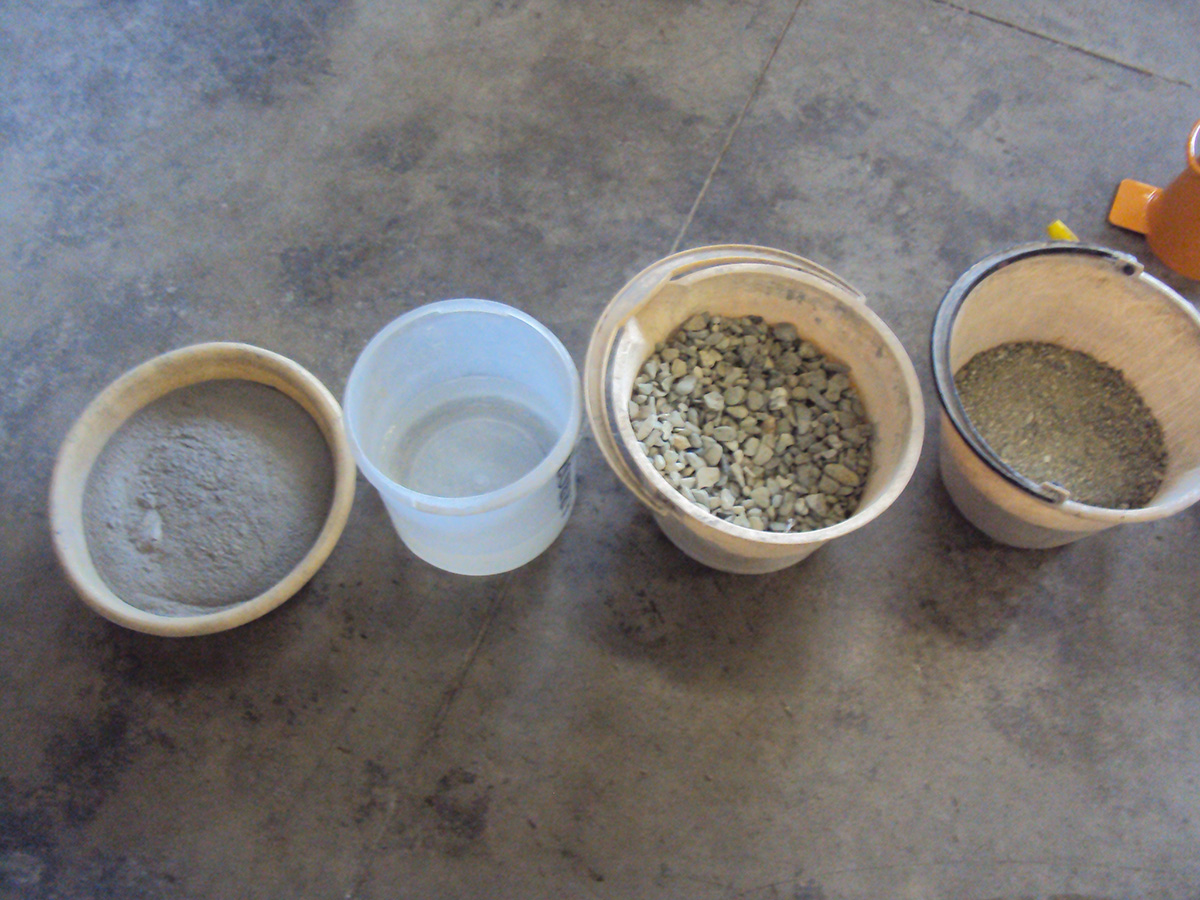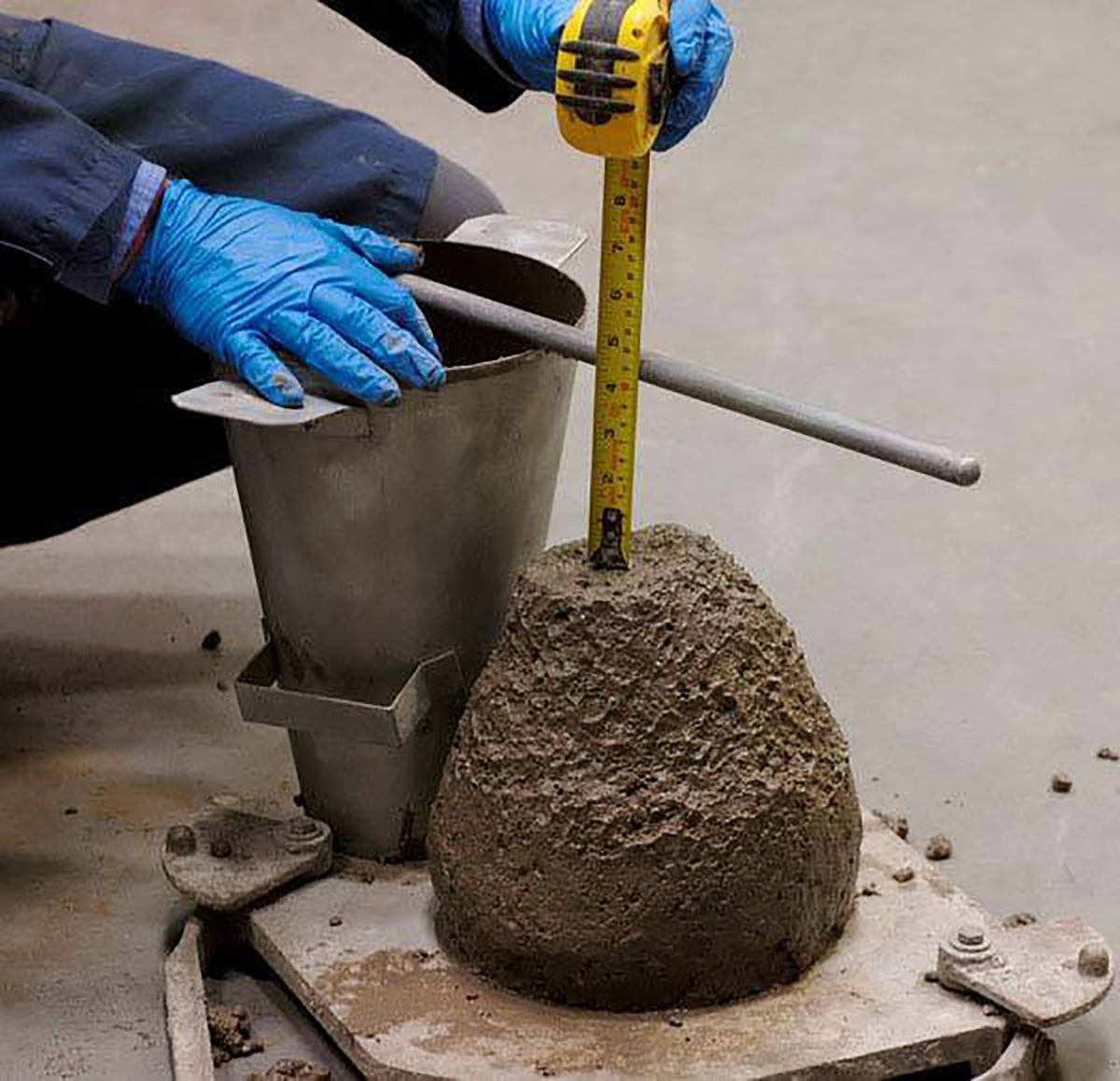The prototype suggested by Universidad Nacional de Colombia (UNal) in Bogotá Civil Engineering students is comprised of a block of ten two-storey buildings and each one with two 63 square meter (678 square feet) apartments.
"The idea is for the projects to be feasible, ecological and sustainable. They would be made of guadua (also known as plant steel) because it is resistant and economical. This would also need a minimal investment but with great potential," said Andrés Felipe Triviño, a member of the group.
The students say the square meter (10.7 square feet) could cost close to COL $700,000 (US $234). But if the development turns into a large scale project of close to 800 square meters (8,611 square feet) costs could decrease considerably to COL $100,000 (US $33.4) per square meter.
The project would require an investment of COL $1.800 million (US $601.400) and each apartment an average of COL $45 million (US $15.035).
Estimates say there are between 100,000 and 150,000 homeless people in Bogotá, 40% under aged. And up to now successful interventions by the authorities in Bogotá have been scarce.
Furthermore, 20% of this population lives in poorness, and more than two million people have no access to dignified housing.
The project is comprised of two main components: a social and an engineering side.
"The social part is related to rehabilitating the homeless, assessing certain criteria such as their ultimate needs, progress attitude, schooling, and family members among others to prioritize care for this population," said Triviño.
Federico Rincón, also a member of the groups says this is a long-term initiative which secures its viability.
"The homeless will live in this complex during rehab and reintegration into social life. There they will be provided continuity because the greatest issue of these types of projects developed by the offices of previous mayors is that they lose validity when another administration comes into office," said Rincón.
The designers would not expect individuals to live there all their life, just during their rehab. They can stay there for a maximum of five years until they get housing and employment and have the sufficient funds to sustain themselves.
"Emergence of new technologies in the construction materials area such as guadua could provide a profitable and practical solution to help vulnerable populations in Colombia through efficient, complete and environmentally responsible investments," added Triviño.
 Correo Electrónico
Correo Electrónico
 DNINFOA - SIA
DNINFOA - SIA
 Bibliotecas
Bibliotecas
 Convocatorias
Convocatorias
 Identidad UNAL
Identidad UNAL








